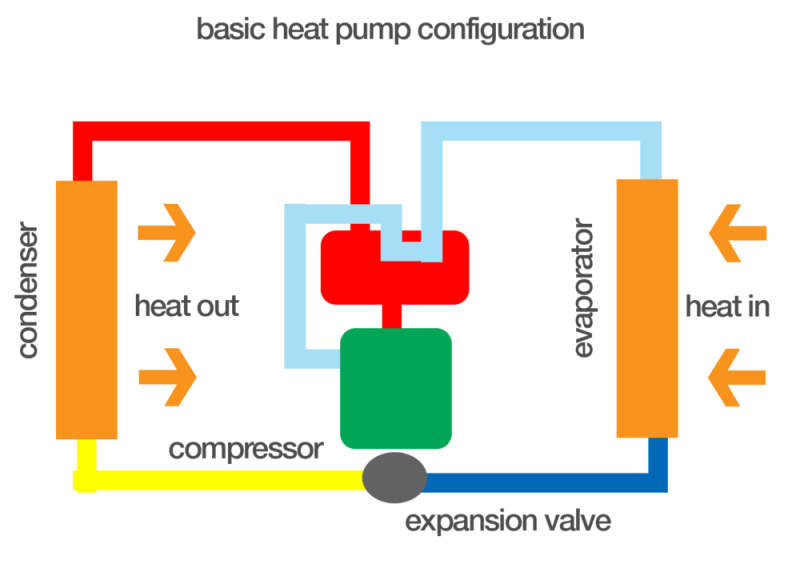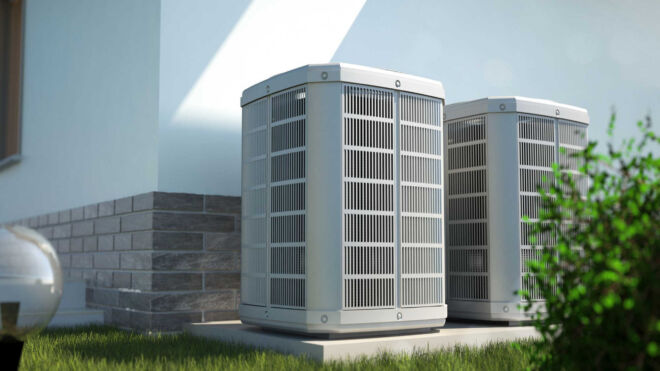Heat pumps provide the best energy efficiency if they are the right model for a given environment. A geothermal heat pump in mild weather does the job. But it isn’t really necessary for a location where temperatures are ordinarily above freezing. The best heat pump service in a warm or hot climate comes from an air – source heat pump.
How They Operate
There are a compressor and two coils within the heat pump along with aluminum fins to facilitate the movement of heat. The refrigerant in the outer coils will pull heat from the environment and evaporate it. The inner coils let out heat from the refrigerant as it goes back into a liquid state. The latest models of air–source heat pumps have thermostatic expansion valves and improve coil design to be more efficient. They also may have a split system where there is one coil indoors and one outside of the house. Depending on the need, cool or warm air comes from the ductwork which will pass through a wall or even the roof of the house.

The air–source heat pump works best with temperatures above 40°F. And those with a demand – defrost control will reduce the amount of energy used to defrost the coils. Any heat pump placed outside should have a means of obstructing the wind which could either be a fence or shrubbery. Overall, the heating efficiency of an air–source heat pump is determined by the Heating Seasonal Performance Factor (HSPF). And the cooling efficiency is determined by the Seasonal Energy Efficiency Ratio (SEER)
Air–source heat pumps are becoming even more efficient with advances in technology. Currently, an all-climate heat pump is being perfect that has a chance of reducing energy costs by as much as 60% depending on circumstances. Air–source heat pumps provide a great deal of energy efficiency in warmer climates. And the optimal use of energy reflects substantially to lower utility bills.

